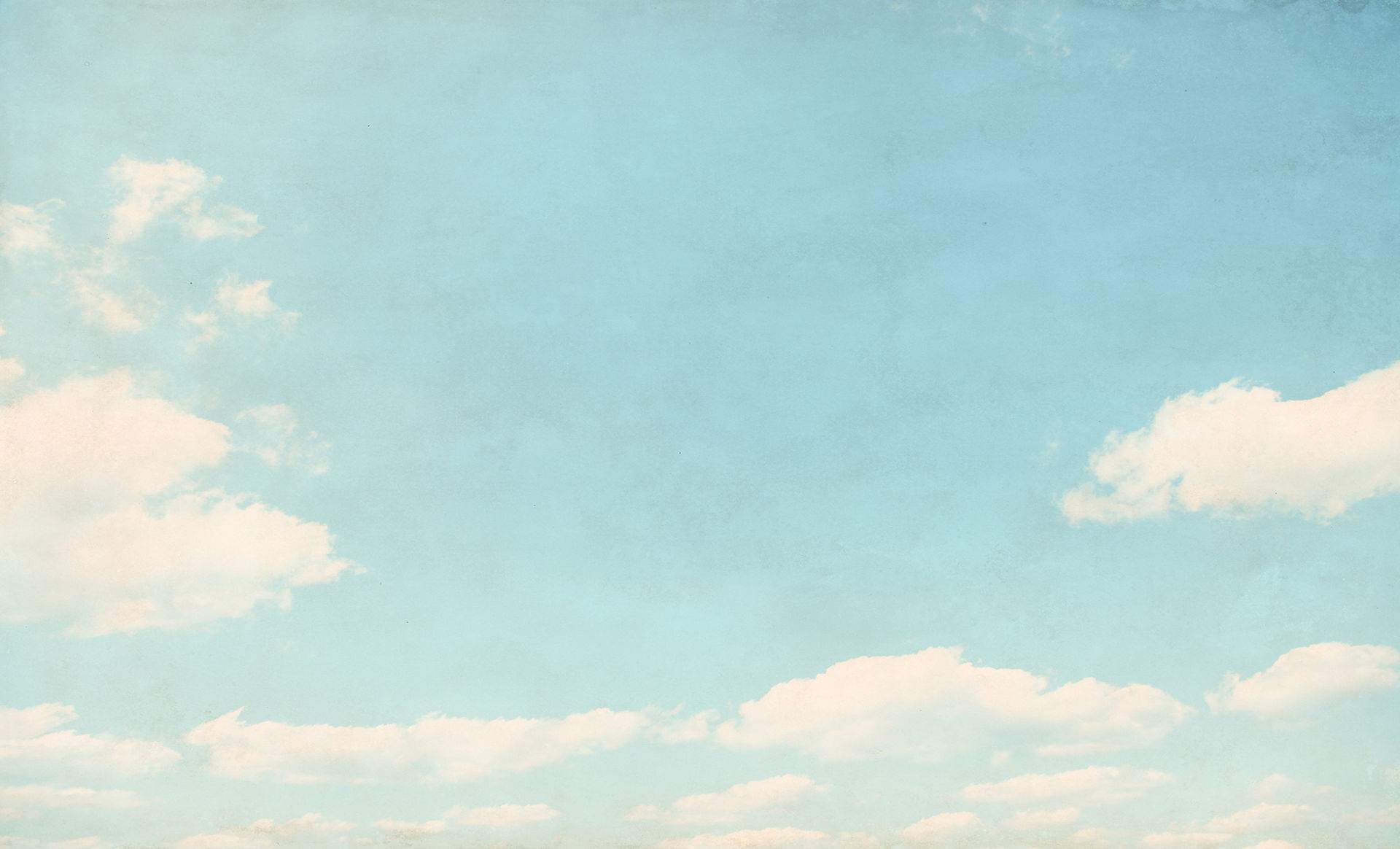
Indigenous Art
Eskimo, Inuit-Yupik , Alaska Natives

The Inuit are the aboriginal inhabitants of the North American Arctic, from Bering Strait to East Greenland, a distance of over 6000 kilometres. As well as Arctic Canada, Inuit also live in northern Alaska and Greenland, and have close relatives in Russia. They are united by a common cultural heritage and a common language. Until recently, outsiders called the Inuit "Eskimo." Now they prefer their own term, "Inuit," meaning simply "people." There are about 40,000 Inuit in Canada.
http://www.inuulitsivik.ca/northern-life-and-inuit-culture/who-are-the-inuits
Yup'ik shaman exorcising evil spirits from a sick boy. Nushagak, Alaska, 1890s.
Cape Dorset
It was at Cape Dorset that the remains of an ancient Inuit people, who flourished between 1000 B.C. and 1100 A.D., were found. They were called the "Dorset Culture" afer Cape Dorset. The Baffin Inuit of Cape Dorset are descendents of the later "Thule Culture" knowns by their legends as the "Tunlit".
The Hudson's Bay company established a trading post in 1913. A Roman Catholic mission was established in 1938 but closed in 1960 as the majority of the residents are of the Anglican faith.
In 1947, the well known Artic supply ship, the RMS Nascopie, struck an uncharted reef at the harbour's entrance and sank. The ship and its cargo were lost, but the crew and passengers were saved: a cairn was built in memory of the disaster.
In 1953, the Inuit of Cape Dorset built the Anglican Church on their own initiative. In the same year, the artist James Houston arrived in the community. Mr. Houston and his wife spent 10 years in Cape Dorset, finding gifted artists, encouraging carving and handicraft production and introducing print-making.
The West Baffin Eskimo Cooperative was founded in 1959. In that year the first major exhibition of Cape Dorset Inuit sculpture was held at the Stratford Festival. It was a success and carving and graphic art have now become the economic mainstay of the community.

